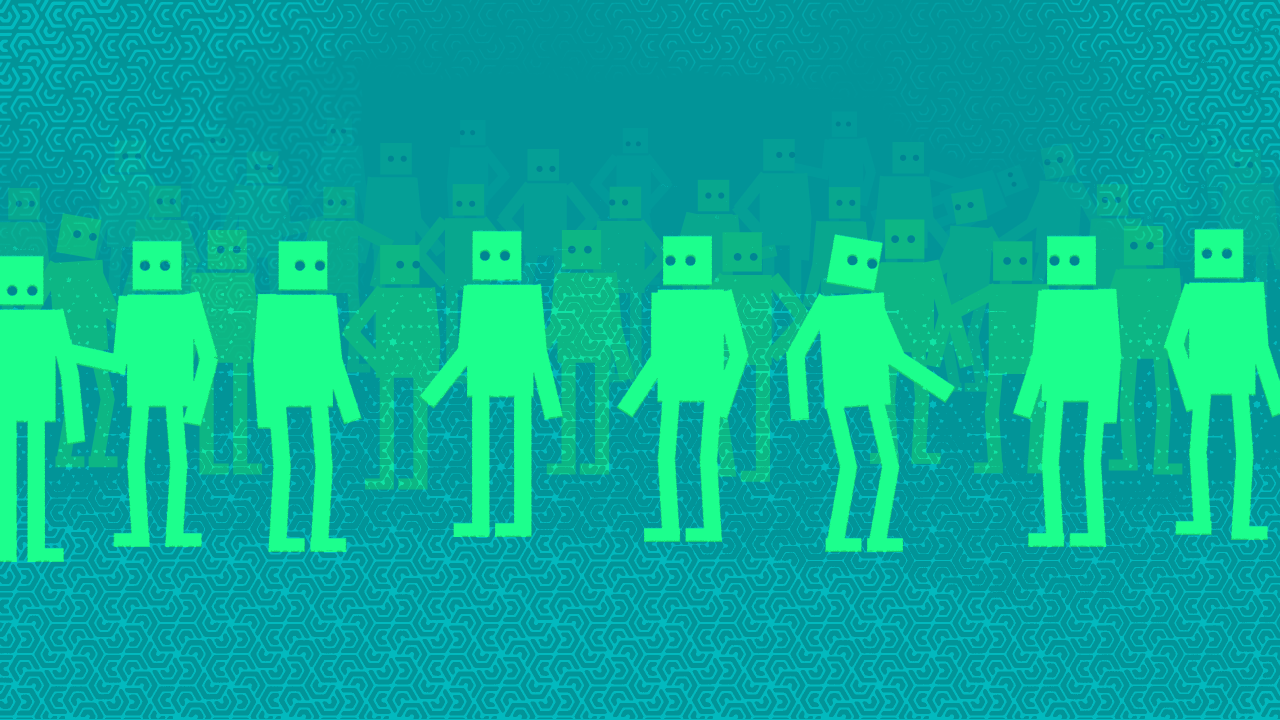In the landscape of artificial intelligence, shifts occur rapidly. Just five years ago, Wit.ai made waves with its Bot Engine, aimed at simplifying natural language processing (NLP) for developers. However, as of recent announcements, the company is sunsetting its Bot Engine, reflecting the dynamic nature of technology and the evolving needs of developers in the chatbot ecosystem. Today, we explore the implications of this decision, what it means for developers and the future of conversational AI.
A Quick Glimpse into Bot Engine
Launched in April 2016, Wit.ai’s Bot Engine aimed to cater to developers looking to build effective chatbots with minimal technical expertise. By providing the ability to train bots using structured sample conversations, Wit.ai allowed developers to create chatbots that could respond intelligently, adapting to real-world conversations through iterative learning.
- Standardized Training: Developers could utilize sample structures to train their bots, relying on manageable datasets rather than mountains of data.
- Flexibility in Deployment: The hope was that this tool would empower more professionals to create conversational interfaces beyond basic text discussions.
The Turning Point: Why Wit.ai Shifted Focus
Fast forward to today, and the conversation around the capabilities of chatbots has matured significantly. The multimedia interactions offered on platforms like Facebook Messenger have introduced new measures of engagement that Bot Engine could not accommodate effectively. With the rapid adoption of voice and visual interactions, the limitations of text-only bots became apparent.
In their announcement, Wit.ai acknowledged that while thousands were leveraging its NLP services, a staggering 90% of API calls were directed to its core NLP capabilities—leading to the conclusion that Bot Engine simply couldn’t keep pace with industry needs. This realization propelled the company toward more advanced integrations, especially as Facebook rolled out NLP tools into its updated Messenger Platform, enhancing the backend for developers across the board.
The Benefits of Transitioning to Modern NLP Integrations
As Wit.ai moves away from the Bot Engine, they are directing developers toward robust integrations that offer far more than the outdated text-centric model. Here’s what this transition offers:
- Enhanced Functionality: Developers can harness the latest NLP solutions, allowing chatbots to interpret various modalities of communication such as voice, text, images, and even emojis.
- Rich Data Interpretation: The new Messenger Platform enables the extraction of critical information like dates, locations, and contact details, promising a richer user experience.
- Seamless Migration: For existing users of the Bot Engine, Wit.ai has provided an extended timeline until February 1, 2018, to transition smoothly and minimize disruption.
Looking Ahead: The Future of Conversational AI
What lies ahead for developers and users in the rapidly advancing world of AI? As platforms evolve, it’s clear that AI is steering toward more nuanced and interactive interfaces. The portability of conversational AI into various formats signifies endless possibilities for industries ranging from customer service to entertainment.
At fxis.ai, we believe that such advancements are crucial for the future of AI, as they enable more comprehensive and effective solutions. Our team is continually exploring new methodologies to push the envelope in artificial intelligence, ensuring that our clients benefit from the latest technological innovations.
Conclusion
The phasing out of Wit.ai’s Bot Engine is not merely the end of a tool but a gateway to more sophisticated and engaging conversational experiences. As developers embrace these changes, there is an unprecedented opportunity to create richer interactions that align seamlessly with diverse communication styles. Share your thoughts on the evolution of chatbots in the comments below!
For more insights, updates, or to collaborate on AI development projects, stay connected with fxis.ai.

